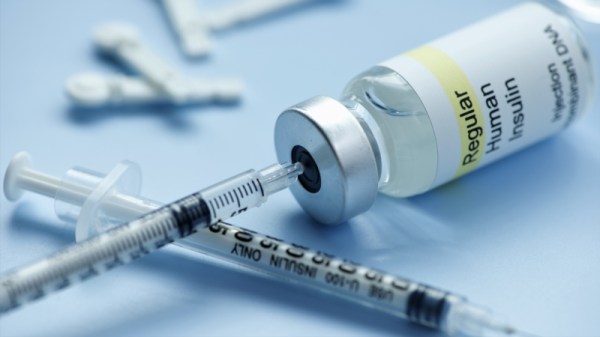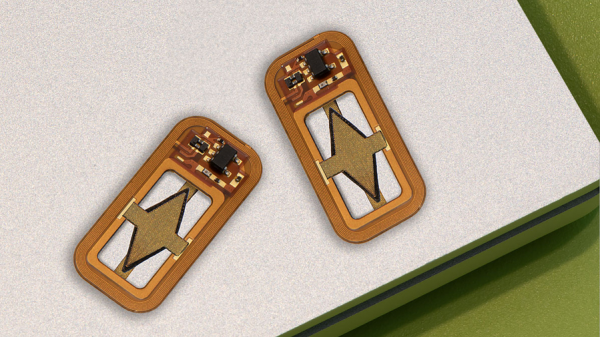Living with Type 1 diabetes is a numbers game. There’s not a moment in the day free from the burden of tracking your blood glucose concentration, making “What’s your number?” a constant question. Technology can make that question easier to ask and answer, but for T1D patients, especially the kids who the disease so often impacts, all that tech can be a distraction.
To solve that problem for his son, [Andrew Childs] built this custom T1D smartwatch. An Apple Watch, which integrates easily into the Dexcom CGM ecosystem, seems an obvious solution, but as [Andrew] points out, strapping something like that on a nine-year-old boy’s wrist is a recipe for disaster. After toying with some prototypes and working out the considerable difficulties of getting a stable BLE connection — the device needs to connect to his son’s iPhone to get CGM data — [Andrew] started work on the physical design.
The watch uses an ESP32-S3 on a custom PCB, as well as a 1.69″ TFT IPS display and a LiPo battery. The board also has an accelerometer for activity monitoring and a vibrator for haptic feedback. Getting all that into a case was no mean feat, especially since some degree of water resistance and shockproofing would be needed for the watch to survive. [Andrew] had a case made by a local 3D printing company, and he managed to source custom-cut and silkscreened glass for the face. The result is remarkably professional-looking, especially for a software developer who hadn’t really stretched his maker wings much before tackling this project.
[Andrew] doesn’t appear to have made build files available yet, although he does say he intends to open-source the project at some point. We look forward to that as it’ll be a big help to anyone trying to hack diabetes care. Until then, if you need a primer on continuous glucose monitoring, we’re happy to oblige.















